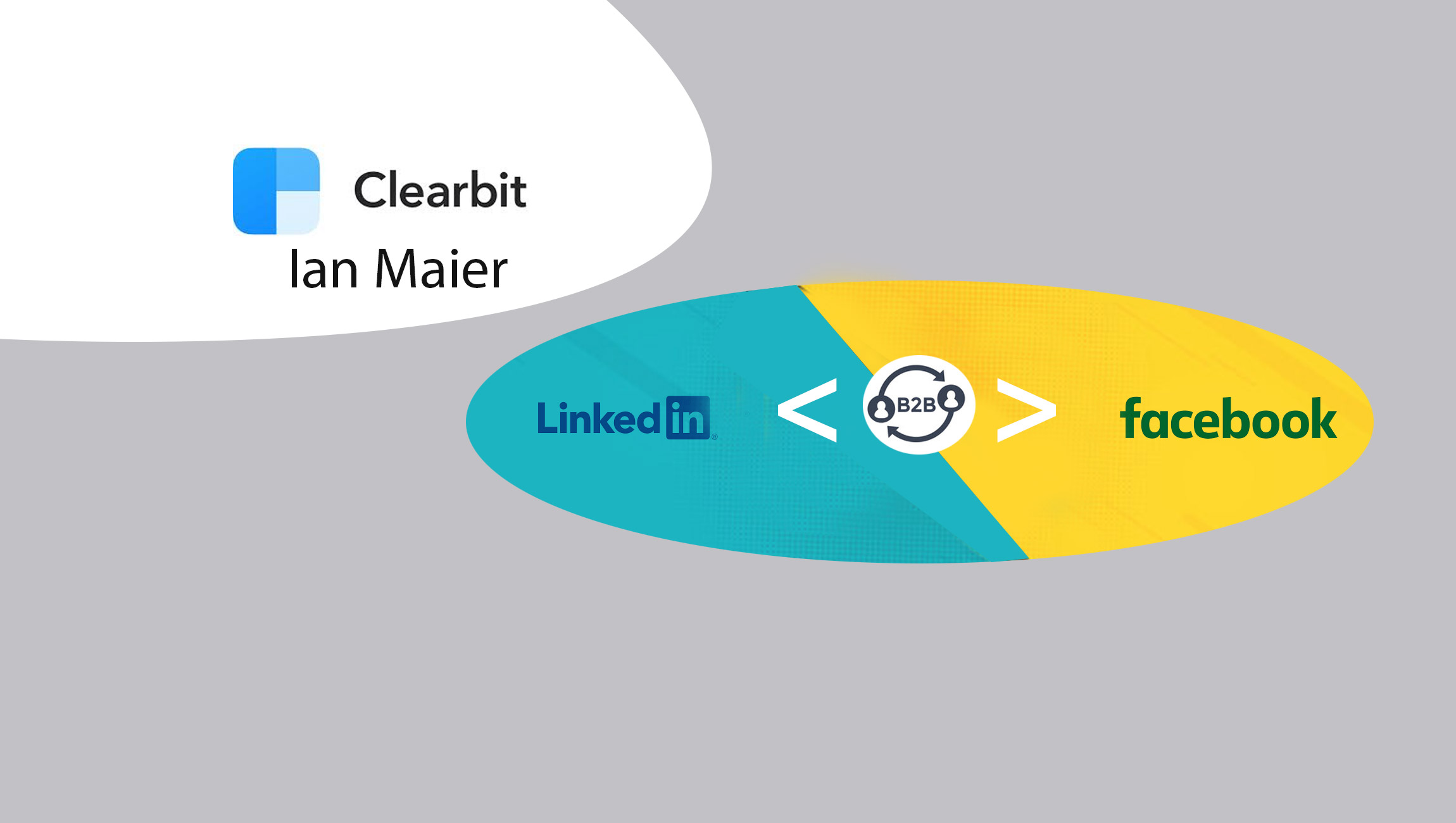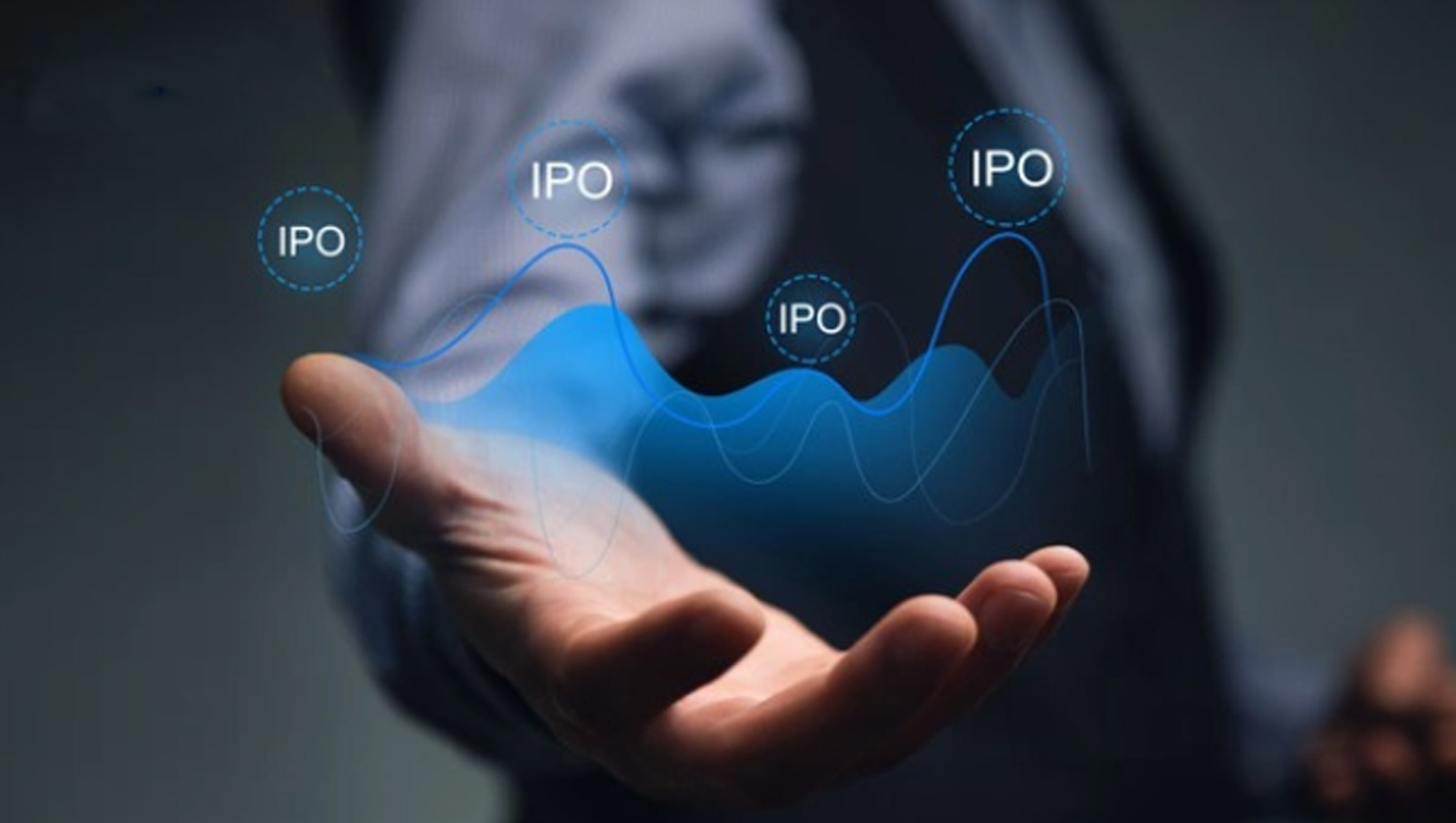Most marketers think of LinkedIn as the go-to social platform for B2B advertising. After all, it provides the ability to build amazingly accurate audiences of prospects that are the ideal buyers for a product or service.
But is LinkedIn really better than Facebook for B2B advertising?
Ultimately, it’s not a question of Facebook or LinkedIn. Smart advertisers use both. The question should instead be: “Where should I put my next incremental dollar to get the best possible return?”
To figure out the answer to this question, we have to let go of our pre-existing assumptions about LinkedIn being the B2B platform and learn how to optimize Facebook campaigns to reach the right audiences at the right time and find the optimal spread of ad spend across both platforms.
Marketing Technology News: BeSmartee Announces an Integration with Black Knight’s Surefire CRM and Marketing Automation System…
Why do marketers prefer LinkedIn for B2B advertising?
Let’s start by tackling the assumption that LinkedIn is the best platform for B2B advertising. Why do marketers think that? For most B2B advertisers it comes down to two factors:
1. Targeting
Assumption: LinkedIn has the highest quality and broadest reach when it comes to targeting capabilities.LinkedIn is effectively a big database of resumes. LinkedIn users reliably update their profiles (e.g. resumes) when their job changes, to reflect their current employer and/or new role.
Because of that, LinkedIn boasts one of the largest and most accurate forms of firmographic and employee targeting options in the market.
Facebook, on the other hand, offers a limited number of unreliable attributes that B2B advertisers can use to target against (attributes like job title).
Facebook users, unfortunately, do not reliably update their employment information. It is not uncommon to find users who have not updated their employment information for 5 years, or who have not listed any employment information at all.
But where LinkedIn wins on accuracy against Facebook, they lose on attention.
In other words, LinkedIn lets you build incredibly accurate audiences of prospects, but gives you access to a significantly smaller number of users. And those users spend far less time on their platform, meaning fewer opportunities to get in front of the people you care about.
For comparison, Facebook had 2.797 billion users and an estimated daily usage of 33 minutes in the US in 2020, while LinkedIn had 310 million users and an estimated daily usage of 11 minutes.LinkedIn’s smaller supply of “attention” causes advertisers to hit limits on their spending very quickly. At some point, increasing budgets to generate one more incremental conversion becomes too expensive.
It comes down to supply and demand. LinkedIn has far less attention it can sell advertisers in the form of impressions, which drives up the price of each impression as competition for impressions increases.
This means that if you want to scale your advertising programs you have to find additional channels that can give you access to more potential buyers and can sell you impressions and conversions at lower prices.
Facebook offers a promising opportunity for scale, thanks to its vast user base and impressive daily engagement numbers.
2. Business Context
Assumption: LinkedIn is where people do business and is therefore where I should be advertising my B2B solution.While this is partially true, the reality is that people are not on LinkedIn to buy B2B solutions. Most users are on LinkedIn to network, recruit, search for job opportunities, and to browse content about their industry/function.
Facebook is where people go to browse content, just like LinkedIn… but the context is broader.
The fact that users are on Facebook or Instagram doesn’t mean that they will resist consuming interesting industry or function-related content. It just means that after they consume your content, they might go shopping for shoes or laugh at a dog meme.Quick confession: I used to be all-in on LinkedIn.
At my last company, I thought it would be our primary advertising channel. I wanted to put all of our social dollars into LinkedIn and ignore Facebook and Instagram.
Thankfully I had a smart and capable agency partner who challenged me. “Let’s just try advertising on Facebook,” she said. “Let the results speak for themselves.”
As an advertiser, it’s hard to argue against data-driven testing. So, we put a small percentage of our budget to Facebook, and… the results blew me away! More qualified conversions at a surprisingly lower cost, compared to LinkedIn. Over time, we continued to increase our budgets on Facebook until we found parity in terms of cost per qualified lead.
With its massive scale, engaged user base, and high performance (more conversions at a lower cost), Facebook ends up being a compelling platform for B2B advertisers.
But there’s one big problem B2B advertisers have to overcome to make Facebook a viable channel: targeting.
Marketing Technology News: MarTech Interview with Gregory Zakowicz, Director of Content, Omnisend
Facebook’s targeting leaves little to be desired
The primary reason B2B Facebook campaigns tend to fail early on is targeting.
For B2C advertisers the job is a whole lot easier. Facebook provides the targeting parameters they care about (e.g. demographics and interests). And at the end of the day, anyone can buy a B2C product if they have the money and are willing to pay.
But that isn’t true for B2B advertisers. It doesn’t matter if a B2B advertiser is getting a lot of impressions, clicks, or leads if those results don’t come from prospects that are a good fit for the business.
Take Facebook’s Core and Lookalike (LAL) audiences, for instance. These targeting options offer scale, but the percentage of people seeing and converting on your ads who are truly qualified (e.g. fit your ideal customer profile) will rarely be higher than 5-15%.
Another way to target on Facebook is to create a Customer List audience by uploading a list of email addresses for highly qualified prospects that you want to target. Trouble is, acquiring enough contacts is expensive… and Facebook is notoriously bad at matching the corporate emails that B2B marketers tend to acquire, meaning the overall size of your Customer List audience will be abnormally small.
Let’s say you are fortunate enough to have a lot of data, and upload a list of 10,000 qualified contacts to Facebook. Facebook’s match rate for corporate emails is typically around 10-20%, meaning you will only be able to reach between 1,000 to 2,000 people in your list.
That makes building large audiences expensive, and wasteful.
You could, of course, run campaigns targeting small audiences. Often that’s an ok place to start if you need to prove out the channel before making larger investments. But that strategy does not scale.
Small audiences become saturated quickly, driving up the cost of conversions equally fast. And you have to factor in the cost to buy/acquire the email addresses that you’re uploading.
How to get results with Facebook B2B advertising
There is no “secret” to running successful B2B advertising programs on Facebook. At the end of the day, it comes down to two things: better targeting and disciplined execution.
1. Start small, get traction, then go big. Like any new channel, I recommend starting with a small budget. Typically $5-10K per month is sufficient
Just don’t forget the other investments, like developing great content and copy (more on that later).
You will need a few months of testing to find the right mix of audiences, offers, and creativity before you scale. One of the biggest failings of many performance marketers is that they lack patience and perseverance. One week or one month is not a sufficient time period to get traction in a new channel. Typically it takes 3-6 months to get everything just right.
But once you do… the opportunity is enormous. Time to scale your spending!
Just don’t blow your budget all at once. Typically you should not increase your daily spend by more than 10-20% per week. Anything higher will throw your campaigns back into the Learning Phase and may cause temporary decreases in performance.
2. Improve your broad targeting with quality conversion signals. One approach to fix the targeting problem on Facebook is to improve the quality of your broad audiences (e.g. Core and Lookalike audiences) with better data. You can improve the quality of your Lookalike audiences in two ways:
-
- Improve the quality of your seed audiences. Lookalike audiences are built off the back of a seed audience, which Facebook uses to pattern-match and identify users that “look like” the people in your seed audience. Try using a list of your best customers, most active users, or qualified sales opportunities. Facebook recommends experimenting with seed audiences that provide sufficient data (e.g. are big enough) but are also distinct (e.g. the people in the seed share similar traits, like company type and/or function).
-
- Improve the quality of your conversion signals. The conversion signals you send back to Facebook literally act as training data for Facebook’s machine learning algorithms.Every time you send Facebook a conversion signal, you’re saying “This is a good outcome. Go find me more of these!” And Facebook does exactly that. Facebook’s machine learning algorithms are second to none.The problem is, most B2B advertisers typically count every form fill as a “conversion”. It doesn’t matter if the form was filled out by a spam bot, a student, or someone from a company you cannot sell to. And whenever we send a conversion signal back for a bad-fit lead, we are asking Facebook to go find and convert more of those bad-fit leads. We’re reinforcing bad behavior.So instead of sending conversion signals back to Facebook whenever someone fills out a form, only send data when a qualified person fills out a form. Over time, Facebook will learn the difference between good and bad-fit leads and start to deliver more of the good ones.
3. Increase Customer List audience sizes with corporate-to-person matching. At Clearbit we do this using our own “identity graph.” That’s a fancy way of saying, we use identifiers (like LinkedIn profile URL) to match corporate contact information to personal information, which Facebook can use to more successfully match contacts to user profiles. Better corporate-to-person matching can literally triple your audience size, meaning your campaigns reach more target buyers and are effective for a longer period of time.
4. Use exclusion audiences to reduce wasted spending. Employees, competitors, paying customers, active sales opportunities, disqualified leads. All examples of people who you may not want to see your ads. Not just because it’s a bad experience for them, but because those impressions cost money. Consider syncing your CRM with Facebook to dynamically exclude users from your campaigns, ensuring fewer dollars are wasted on the wrong people.
5. Consider renting, instead of buying. The key to big, high-quality audiences on Facebook is data. Specifically, contact data for your ideal customers. But for most B2B companies with addressable markets that include hundreds of millions of potential buyers, purchasing that much contact data is expensive. Add to that the fact that contact data changes over time, the cost of refreshing that data makes reaching your addressable market cost-prohibitive.
Instead of buying contact data, consider a B2B Facebook audience solution from a trusted data provider. They will grant you “rental” access to their entire database of companies and employees, meaning you can confidently reach hundreds of millions of business users for a relatively low annual fee.
6. Your ads are nothing without great content. Quality is king. We talked a lot about the technical bits of advertising, but I would be remiss if we didn’t talk about the ads themselves. Because at the end of the day, the content of your ads will make or break you.
I have seen too many over-engineered ad accounts fail, simply because they do not invest in the content of the ads themselves. You can acquire big high-quality audiences, well-crafted campaign structures, highly sophisticated measurement tools, and rigorous test designs. But if you offer, message, creative, and content are subpar… your campaigns will fail. Over and over again.
The content of your ads is the single highest ROI investment advertisers can make. Period.
While LinkedIn certainly has its place in B2B advertising, adding Facebook to the mix can be a game-changer. It offers a new channel to reach potential customers, many of which may not be active on LinkedIn. It offers unparalleled engagement, giving you the opportunity to get in front of your buyers consistently. If you can solve the targeting problem, and show engaging and relevant content to the right buyers, you can make Facebook a powerhouse of growth for your business.
My advice to anyone wondering if Facebook will work for them: try it! Forget your assumptions and let the data speak for itself.
Marketing Technology News: The Contextual We’re “Returning to” Isn’t the One You Remember











